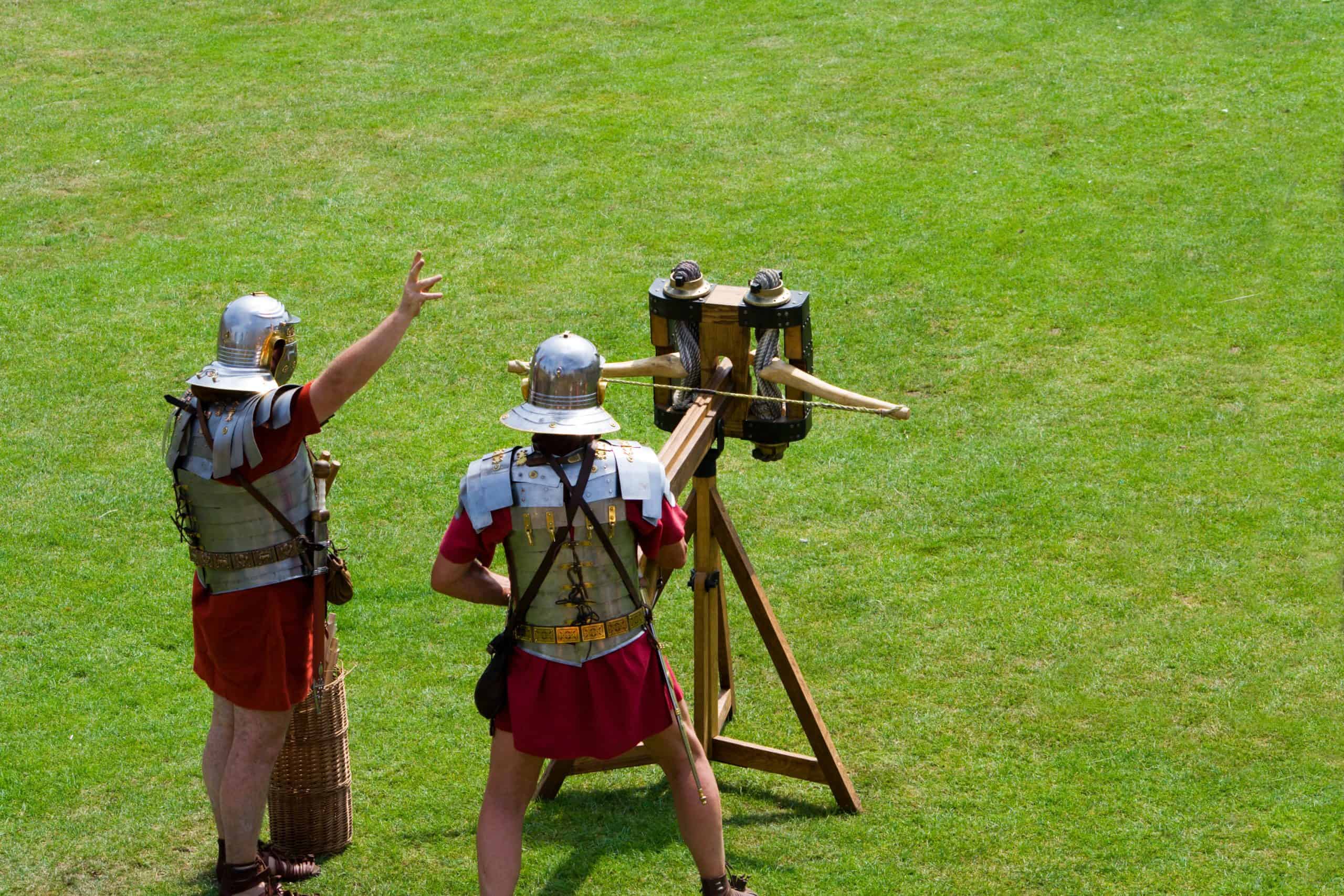



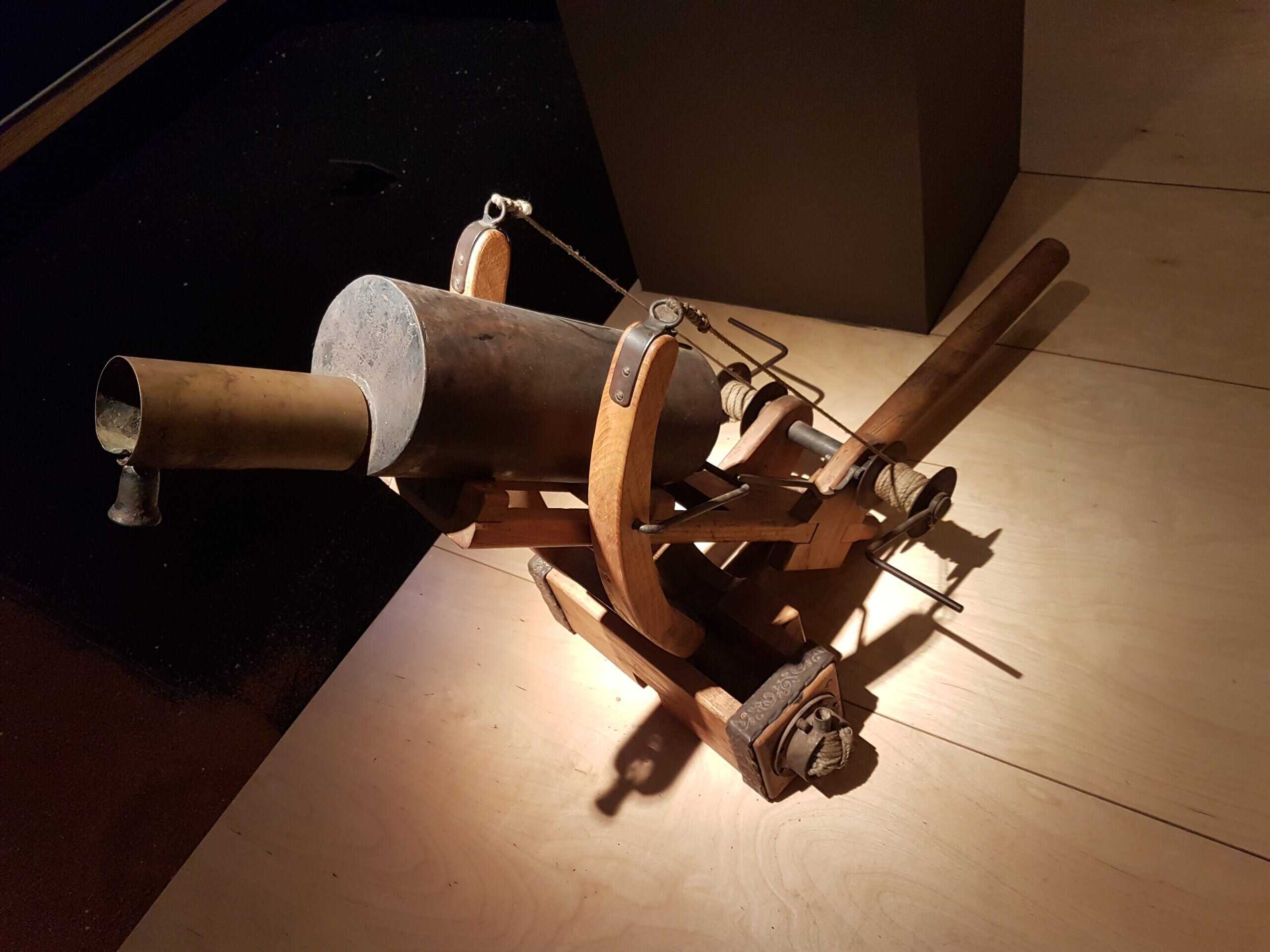
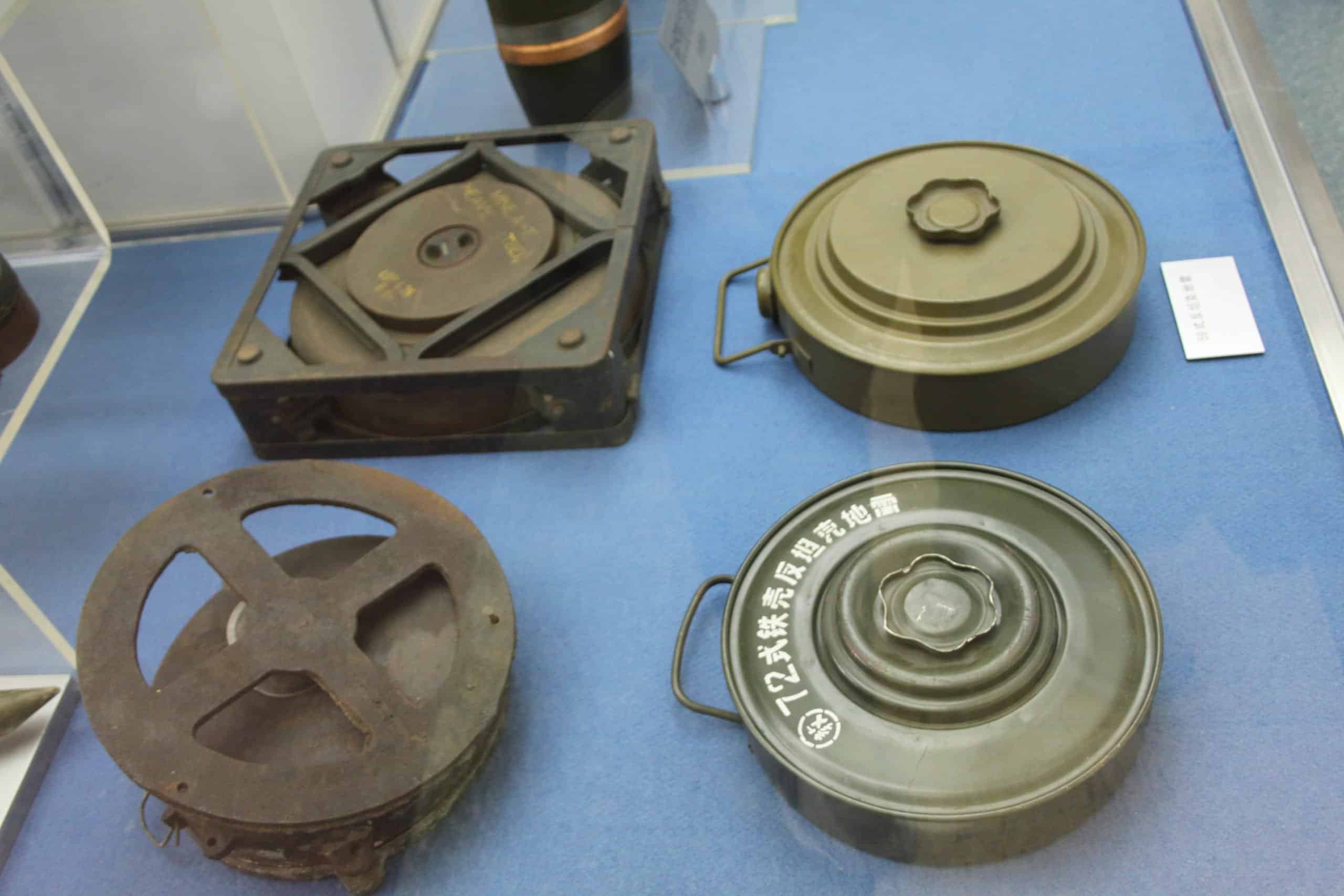
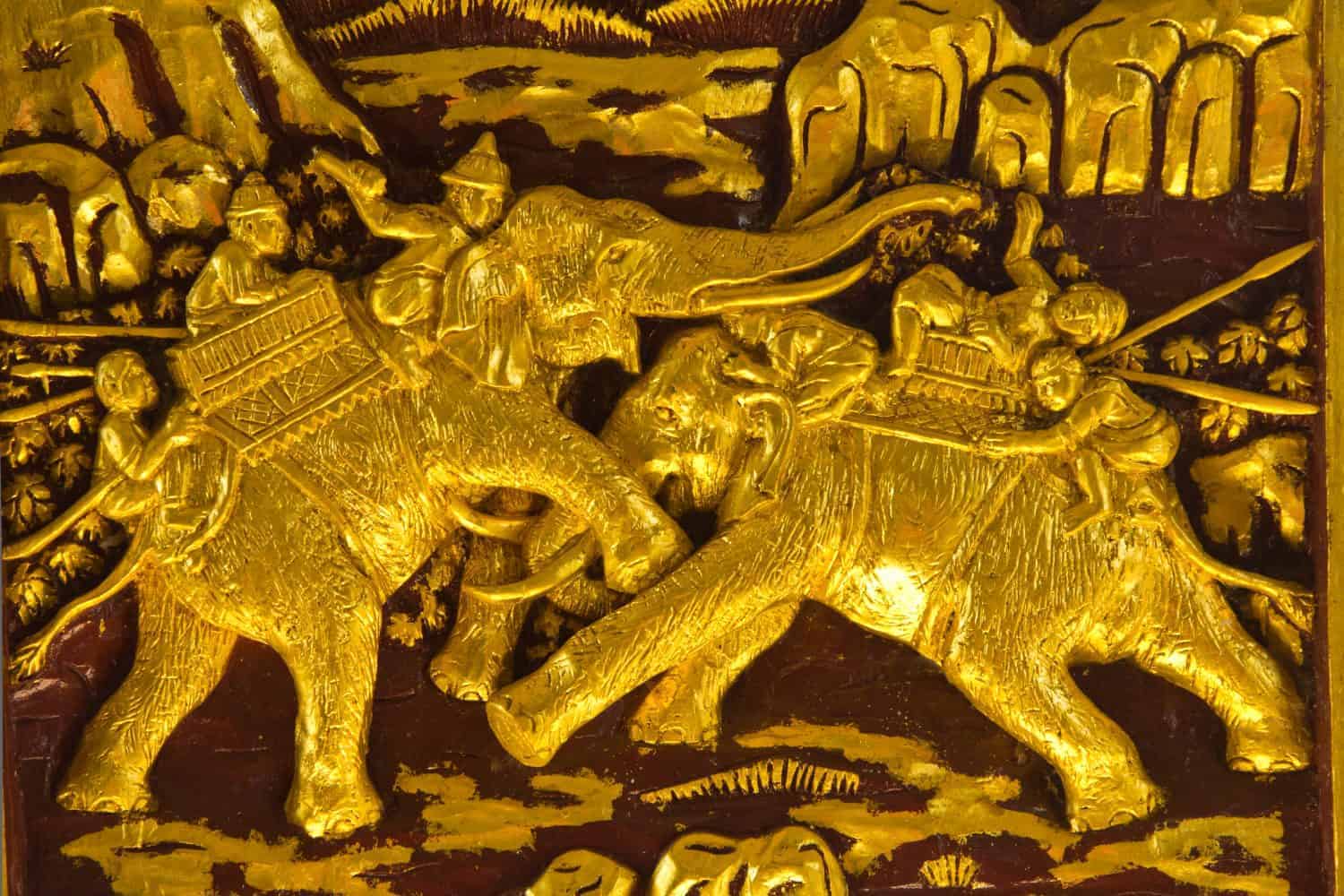
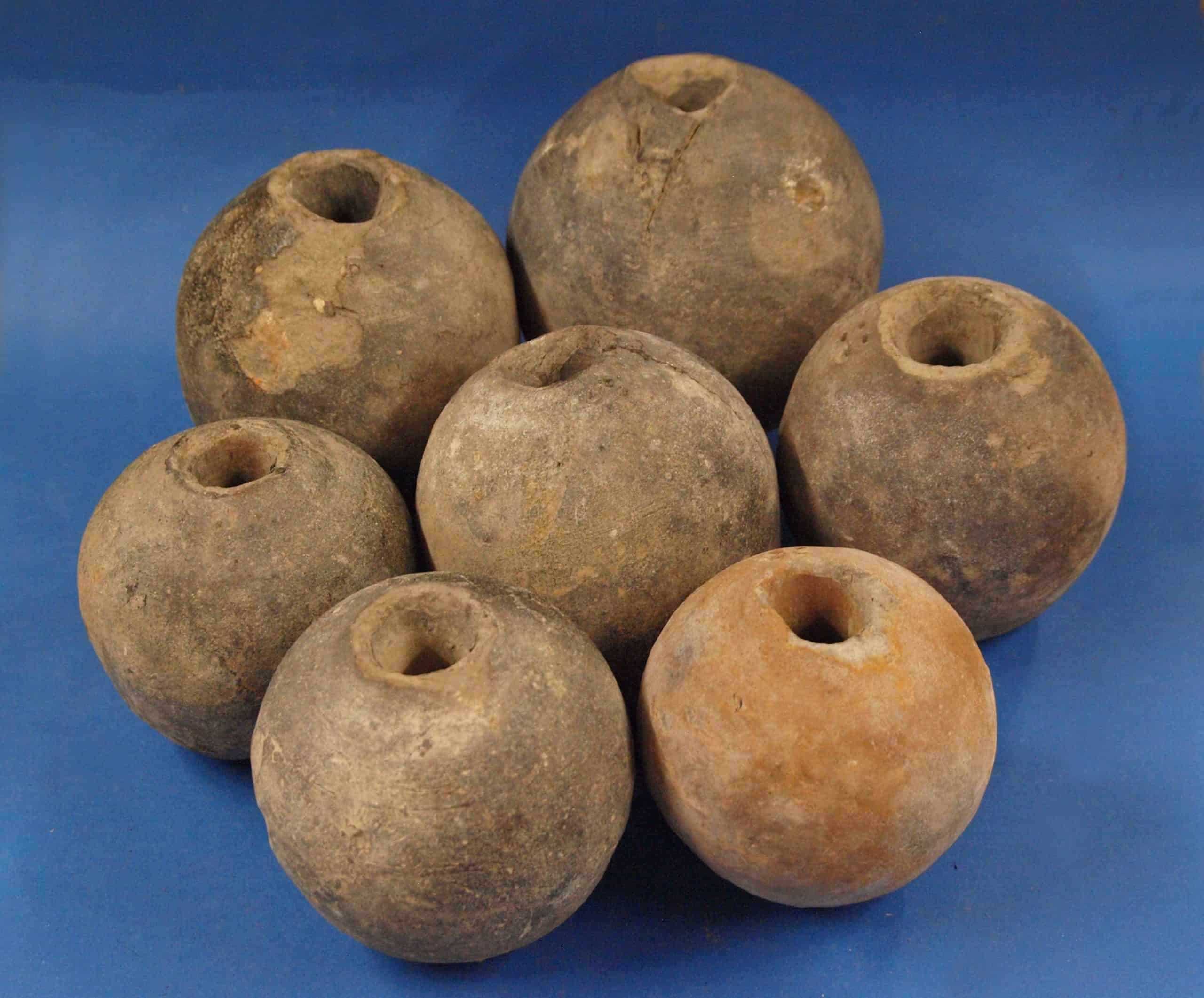

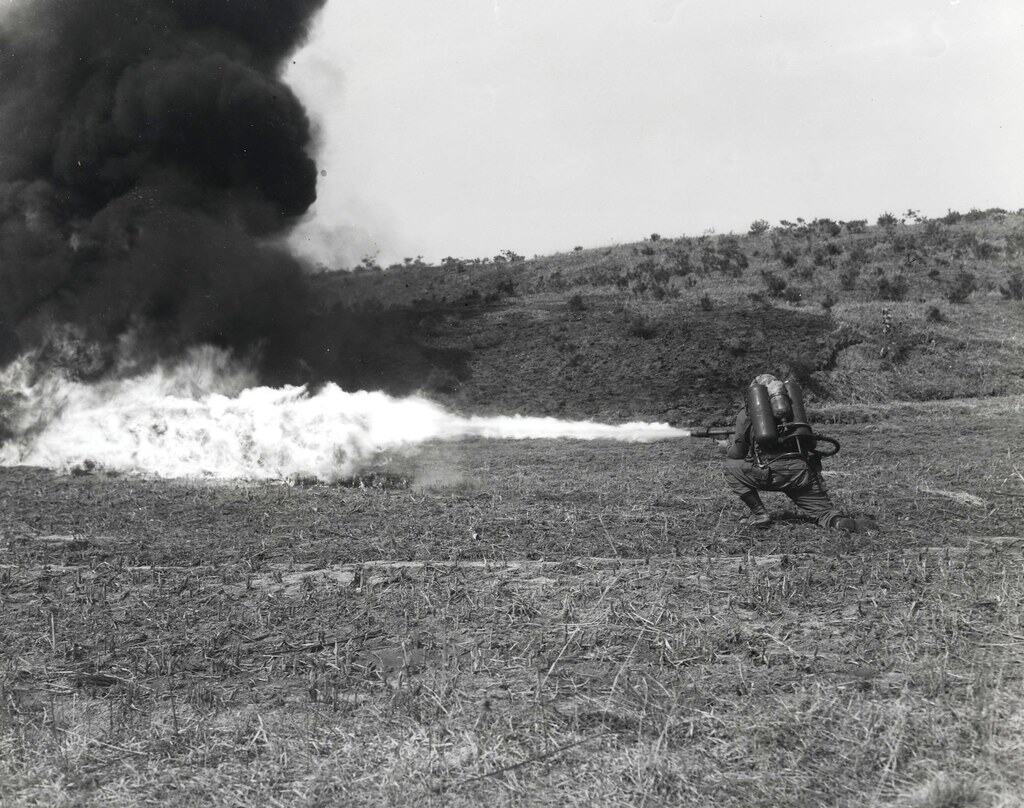
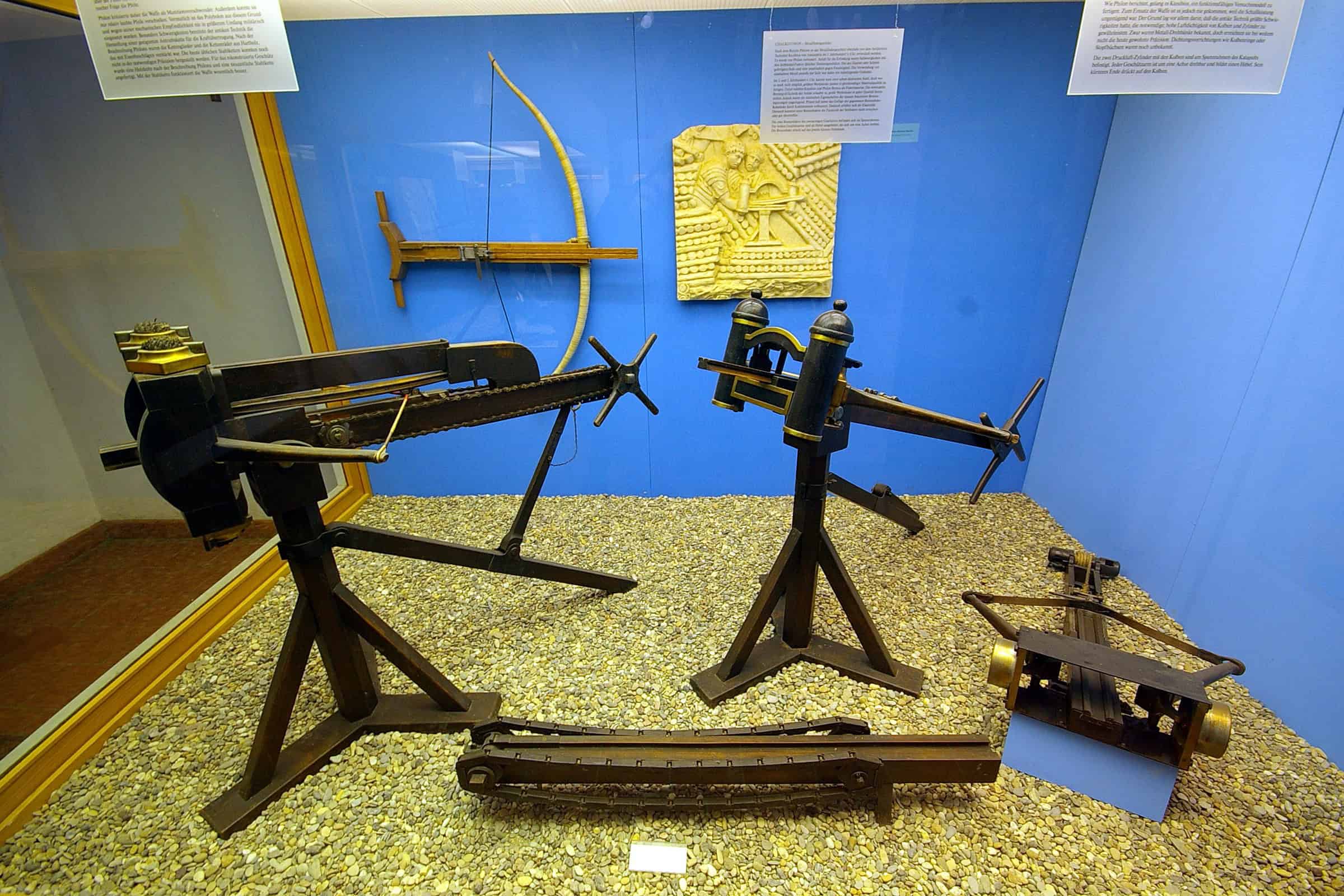
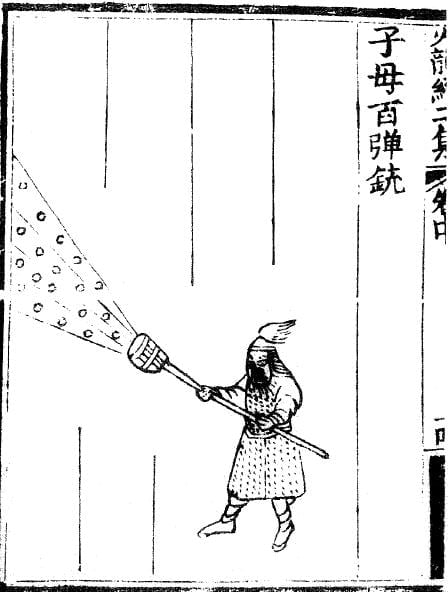
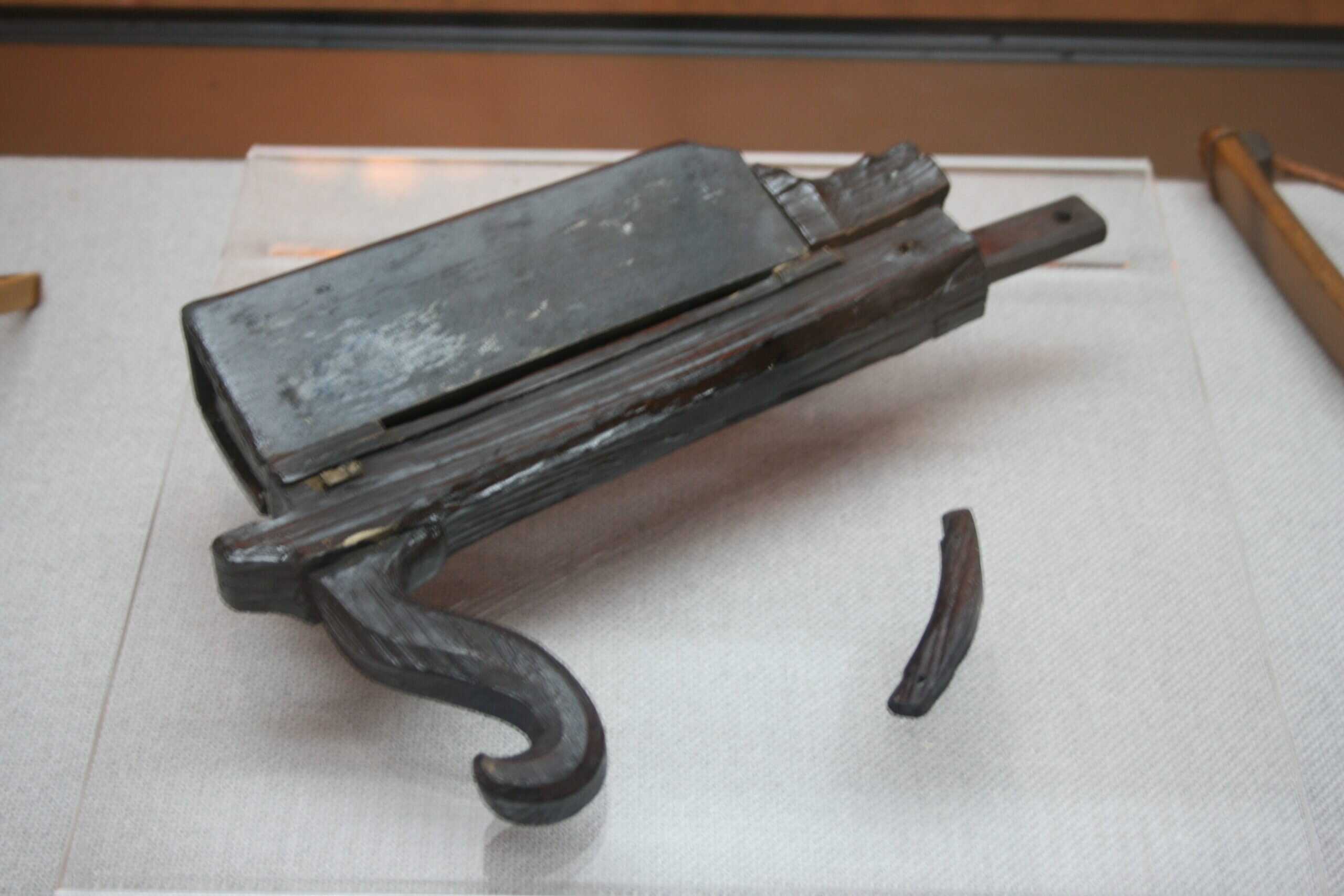

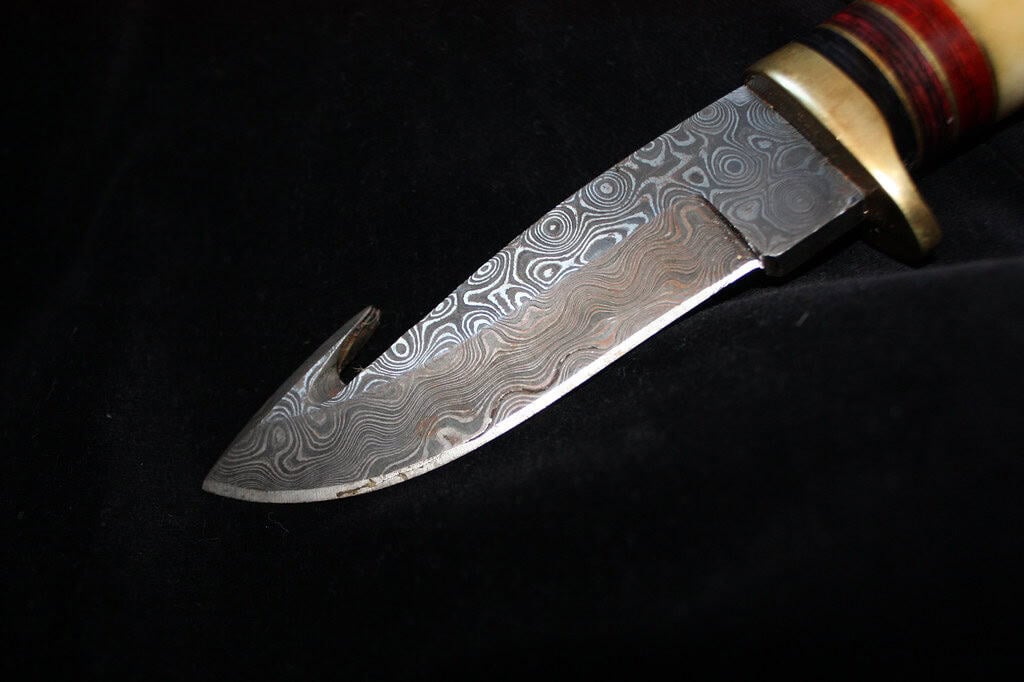
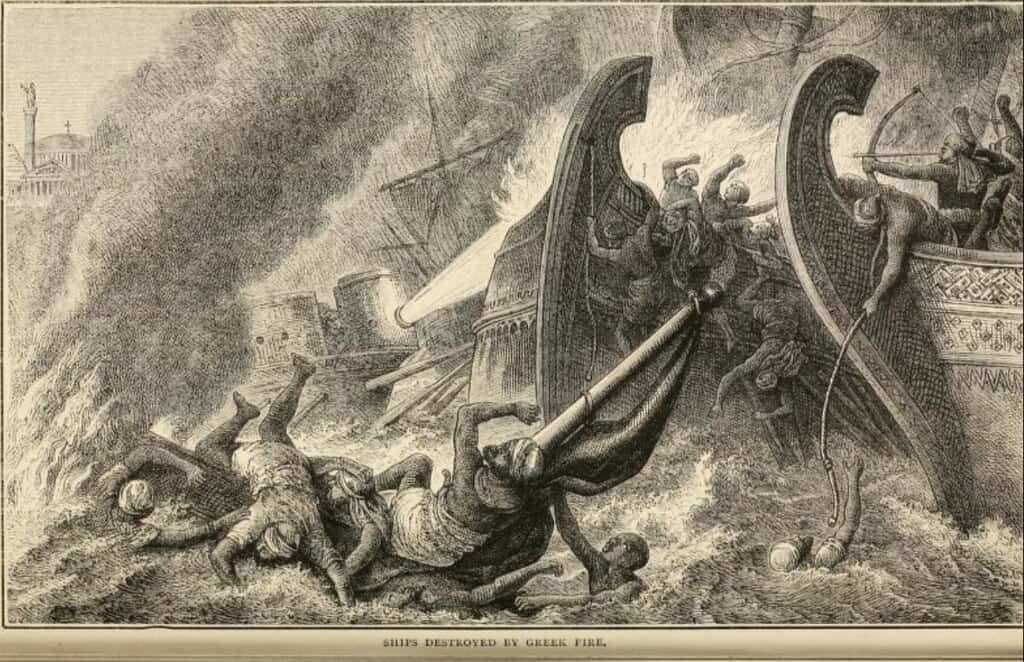
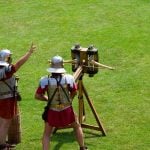


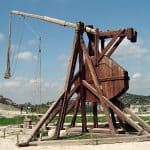
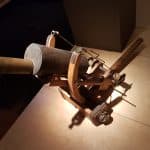




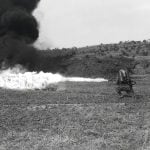
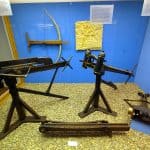

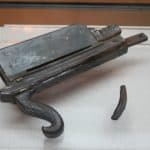
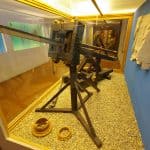
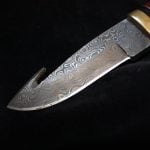
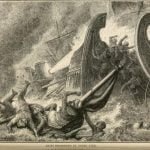
Ancient Weapons That Were Ahead of Their Time
Arms technology is one of the driving forces behind warfare. While there was a period where most of humanity was on an even playing field, the history of warfare is one defined by technological breakthroughs. With that in mind, today, we're looking at ancient weapons well ahead of the curve.
Siege Towers
Sieges are a common part of warfare. Eventually, most superior forces will encircle an encampment or fortification. Once dug in, defenders have an immense advantage. Siege towers offered the protection of a more robust fortification with weaponry. These were complex devices to build and were often hampered by enemy harassment. They could certainly make a breakthrough, though.
Poisoned Arrows
Biological warfare is nothing new. I wish I could point to a period where the use of poison arrows was noted, but this is something that dates back to truly ancient times. The concept is quite simple: using animal or plant-based toxins, you coat the arrowhead and let it loose. This has the added effect of disrupting morale and potentially spoiling enemy food and water stocks.
Trebuchet
Artillery is one of the great equalizers on the battlefield. An enemy might have superior numbers, but if they can't get to you, it's moot in the first place. The trebuchet stretches the definition of ancient weapons a bit, but it was theorized well back into Roman times. Its most common iteration uses a counterweight to sling projectiles further with greater accuracy.
Greek Fire Projection Systems
Greek Fire is one of those killer apps that we'll discuss a little further in-depth. However, one area where the Byzantines had no equal was naval warfare. They could set the waves on fire with ease, with a rather sophisticated system to sling Greek Fire onto the ocean and ships alike.
The Iron Ox
The 1300s are stretching the notion of ancient weapons, but hear me out. The Iron Ox is a rare weapon of sorts, functioning as a rudimentary landmine well before munitions started gaining that sort of sophistication. Hailing originally from the Ming Dynasty, you wouldn't want to trip the pin on this device.
Arrow-Firing War Elephants
Elephants aren't the most practical animal for warfare in most cases. Hannibal put them to horrifyingly effective use against the Romans. However, as a platform for mobile archers, we'd be looking at the Persian Empire and other Western Asian powers. War elephants could tote small teams of archers or even smaller artillery pieces to make for an organic tank, more or less.
Hand Grenades
The Byzantines aren't doing any favors for themselves when it comes to their reputation of fire-loving. Hand grenades are one of their concepts, essentially small ceramic pots filled to the brim with flammable or explosive material. These likely weren't nearly as safe as a modern hand grenade, but they certainly were effective for their time.
Roman Concrete
Some of the best ancient weapons aren't offensive by design. Fortifications are a fantastic means of keeping enemies out without expending valuable manpower. Roman concrete is one of the most coveted materials on the planet. Concrete from the Romans is still being studied to this day, thanks to its tensile strength and self-healing properties.
Flamethrowers
We typically think of flamethrowers as a weapon of terror first deployed during the Great War. However, there is evidence of Ancient Greeks using their take on the weapon with surprising effectiveness. Using coals and a bellows, this seems more akin to a forge, but you probably wouldn't want to be on the receiving end of it.
Catapult
Artillery is a killer app of sorts for warfare. If you can sling heavy, deadly things at a force without getting close, you're keeping an edge. The catapult itself is thought to date back to the 4th century BCE, during Antiquity. There were other takes on the siege engine, but the first has been an enduring sight for military historians and pop culture alike.
Huo Long Chu Shui
Rockets are surprisingly older than the likes of firearms. Chinese artillery used them dating well back to what we'd consider the European Dark Ages and the Fall of the Western Roman Empire. The Huo Long Chu Shui takes the approach of more is more, firing three projectiles out of a single tube. It precedes concepts like the MLRS by centuries, however.
Repeating Crossbow
The repeating crossbow is one of those killer concepts that begs the question of why it wasn't more widely adopted elsewhere. Dating back to the Warring States period in China, the repeating crossbow could hold multiple bolts and would knock and cock the weapon with the pull of the trigger. In many ways, this isn't too far off from a modern semi-automatic rifle in terms of operation.
Ballista
Essentially just a massive crossbow, the ballista is one of those weapons that essentially changed warfare. Before more robust and powerful artillery pieces, warfare was a series of delaying actions before you could force a rout in the enemy formation. The ballista meant you were launching massive bolts at a distant target and gouging out huge portions of a formation.
Damascus Steel
For much of history, it was metallurgy rather than firepower that dictated the flow of warfare. Steel simply was just that much better than bronze. Damascus steel went well beyond the European forges of the medieval period. You've got harder, stronger swords, spearheads, and knives. The steel was so coveted that researchers are still trying to reproduce it to this day.
Greek Fire
The Byzantine Empire's best-kept secret was Greek Fire. Researchers have tried for years to gather how exactly this ancient weapon was made. That said, it was a horrifyingly effective weapon, setting ships and men on fire with the utmost ease. No other country came close to developing its take on it. Interestingly, the Byzantines would fall due to simple cannons rather than any secret weapon.
